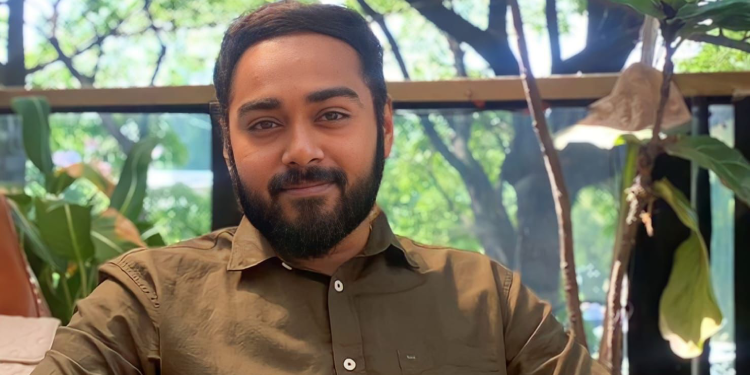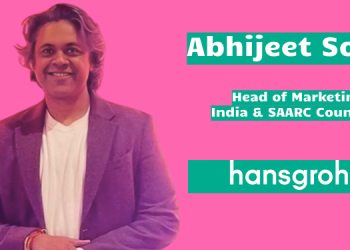They say, if you can’t beat them, join them. That’s exactly what I did after repeatedly failing to limit my 10-year-old daughter’s screen time. Roblox had become a permanent fixture in her world, and rather than fighting it, I dove in with her. An unhealthy number of hours later, I found myself conflicted by the opportunities and risks it presented.
Not long ago, Roblox was easy to dismiss, a blocky digital playground where kids engaged in seemingly endless games. Yet, in many parts of India especially for Gen Alpha and younger Gen Z, it has become much more. For my daughter and her friends, it’s not just a game. It’s a place where they live out parallel lives, where reality blurs into role-play, and where routines, friendships, and even school gossip unfold in intuitively designed digital environments.
Take Brookhaven RP—one of Roblox’s most popular games. It has become such a sensation that even parents bring it up at PTA meetings. In Brookhaven, kids own homes, drive cars, adopt children, do chores, rob banks, and engage in routines that mirror real-world lives. It’s an immersive experience where they aren’t just players but simulating a virtual existence with no real consequences.
For many children in India, where conformity is often a cultural expectation, Roblox is a space of self-expression. Here, avatars—customised down to the tiniest details—offer a certain freedom void of social norms. They go about their virtual lives free from any expectations of how they should look or behave. And this doesn’t happen in isolation. It’s done in full view of their peers, reinforcing social hierarchies in ways that resemble school playgrounds but with far wider reach. Suddenly, peer pressure is amplified in this virtual world. But instead of football skills, the coolest stationary or the latest gadgets, here status symbols are digital skins and in-game possessions.
Some quick Googling will show you that this trend is still gathering momentum and yet to fully play out. Roblox reported a 58% year-on-year increase in daily active users in India in Q1 2024, beating growth even in traditionally strong markets like Japan.
What’s also striking is that nearly 58% of Roblox users have self-reported their age as under 16 — a shocking reminder of how this platform dominates the attention of a generation in its formative years.
A New Kind of Engagement
For brands, this presents an enormous opportunity.
Brands like IKEA, Chipotle, Nike, and Forever 21 have tapped into this, offering not just products, but exclusive brand experiences. In 2021, Forever 21 launched a virtual store where players could manage their own shops. IKEA gamified its work culture, allowing users to simulate working in their virtual Roblox store. They even hired paid gamers to manage these stores. Chipotle’s Burrito builder was another example where they rewarded users who made virtual burritos with real world coupons that they could redeem through their app.
While we are yet to see how brand interventions evolve on this platform, it would be counterintuitive to chase traditional metrics like clicks or impressions.
One of Roblox’s most unique features is its potential for co-creation. Users aren’t just passive consumers—they’re creators who build, share and express themselves. Smart brands will see this as an opportunity to collaborate with users and embed themselves into the lived virtual experiences of this generation.
An Ethical Dilemma
However, with great opportunity comes great responsibility, especially when your audience is as young as Roblox’s. These are not just consumers—they are children, often navigating the internet without parental oversight. Their vulnerability and the risks it poses could also become concerns over brand safety.
In a world where promotions are seamlessly integrated into gameplay, can children really distinguish between organic content and ads? Brands that thrive in this space will be those that are upfront with their audience. With kids as young as 6 playing these games, manipulative marketing wouldn’t be tolerated.
The Road Ahead
For those of us who grew up in a simpler world, watching our children navigate these virtual spaces can feel unsettling. I recently heard a parent say their 9 year old son asked for Robux (Roblox currency) as his birthday present—real money to buy virtual goods. For many Indian parents, this may feel foreign, even uncomfortable.
But as Roblox continues to grow, so do the opportunities for brands to engage with this generation. They’ve recently launched a suite of marketing tools called “Roblox for Brands” along with its Ads Manager platform, and announced a tie-up with Shopify to enable real-time shopping experiences within the ecosystem.
The challenges remain significant. Success isn’t just about fostering a deeper connection with a young generation or meaningfully engaging them in the virtual world; it’s also about doing so responsibly. The way brands interact with these users will shape not just the future of brand experiences, but the future of an entire generation.
(Views are personal and don’t reflect that of my organisation or this platform)

















